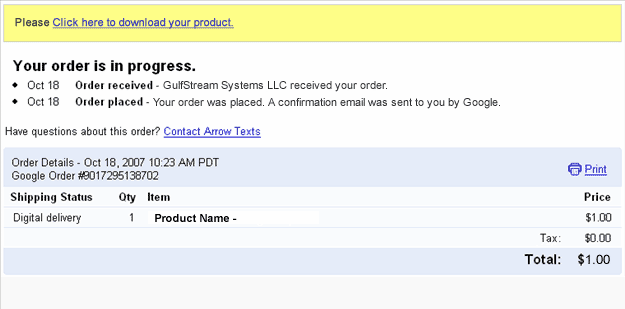No products selected.

- Car Rental System
- Survey Manager
- Maps Inserter for Google Maps
- Advanced Form to Email PHP
- Advanced Form to Email ASP
- Posts Carousel
- Comments Inserter Widget for Facebook
- Mobile Optimize
- Photoshow
- Smart List
- Light Date Picker Calendar
- Touch OnOff
- Touch Button
- Light Edit
- Advanced Form to Excel PHP
- Text Tools
- Advanced Database Relational List
Advanced Form to Email PHP
Frequently Asked QuestionsQuestions
I'm not receiving the attachments ... there is a workaround?
I'm not receiving any mail, why?
I'm getting a 404 error when submitting the form. What is the problem?
How can I prevent automatic submissions?
Where can I get the Adobe Extension Manager?
Answers
I'm not receiving the attachments ... there is a workaround?
<form ... method="post" enctype="multipart/form-data">
These attributes are required for forms with "file" fields.
I'm not receiving any mail, why?
Most probably it's due to a spam filter. Check your spam filter settings and spam/bulk mail folder.
Check also the mailing method allows by your hosting service, maybe you need to put a different "from" address or a different "smtp" server address
I'm getting a 404 error when submitting the form. What is the problem?
Please, be sure to upload the "DEX_Form2MailPHP" folder and files inside. After that, if you are still getting the error, please check the path to the ".php" file in the form's action attribute.
The "DEX_Form2MailPHP" folder is generated (automatically) in your local web site when you insert the extension in your form.
How can I prevent automatic submissions?
If you want to prevent automatic submissions you can add a security verification image (captcha) into your forms. We have a captcha extension here.
Where can I get the Adobe Extension Manager?
You can download the Adobe Extension Manager from the following page:
About getting the download link after the purchase.

After accessing that link you will get a copy of the product and a copy of the download link will be sent to your email address. Please be sure to check your spam/bulk mail folder if you don't see the email into your inbox.
Setting writing permissions to a folder.
On Linux/Unix based webservers, FTP programs ("clients") allows setting permissions for files and directories on your remote host. This function is often called chmod or set permissions in the program menu.
Writing permissions is similar to "777" permissions or "rwx-rwx-rwx" permissions. You may see some of these representation in your FTP program.
On Windows based webservers the permissions should be set through the webhosting control panel.